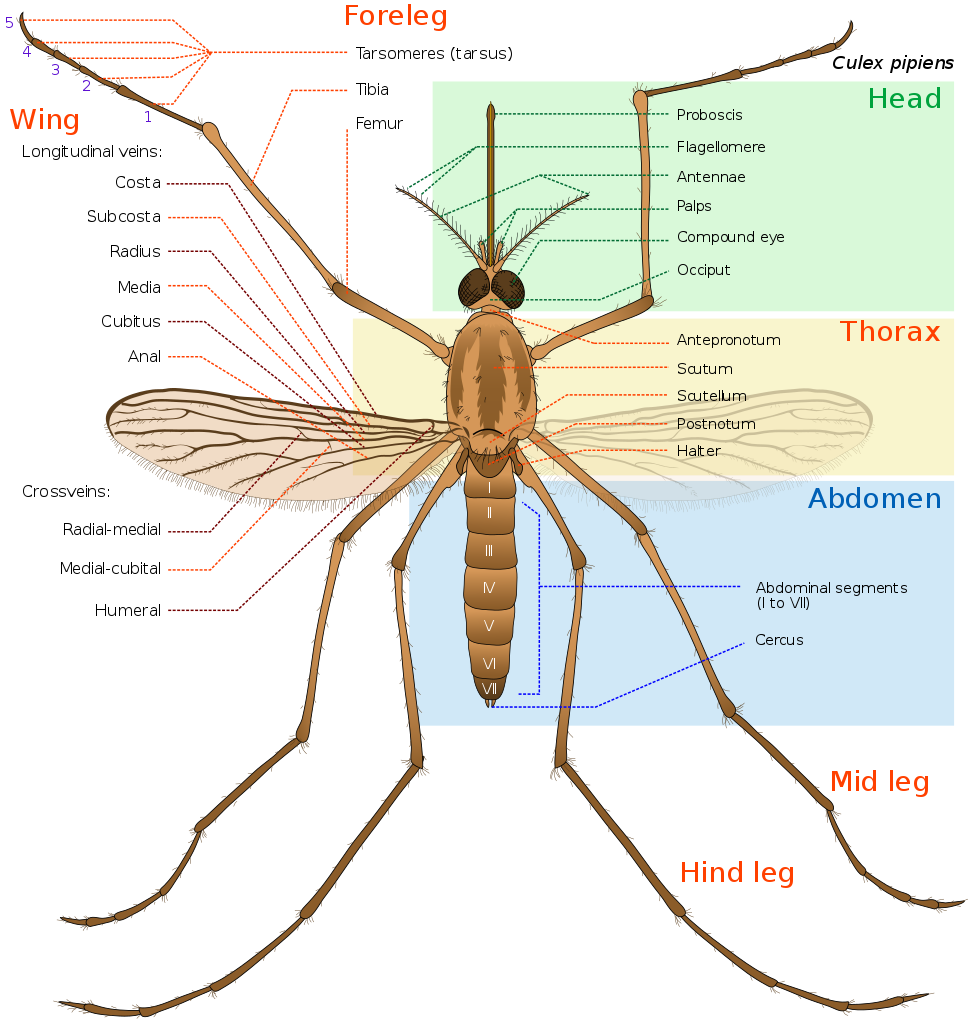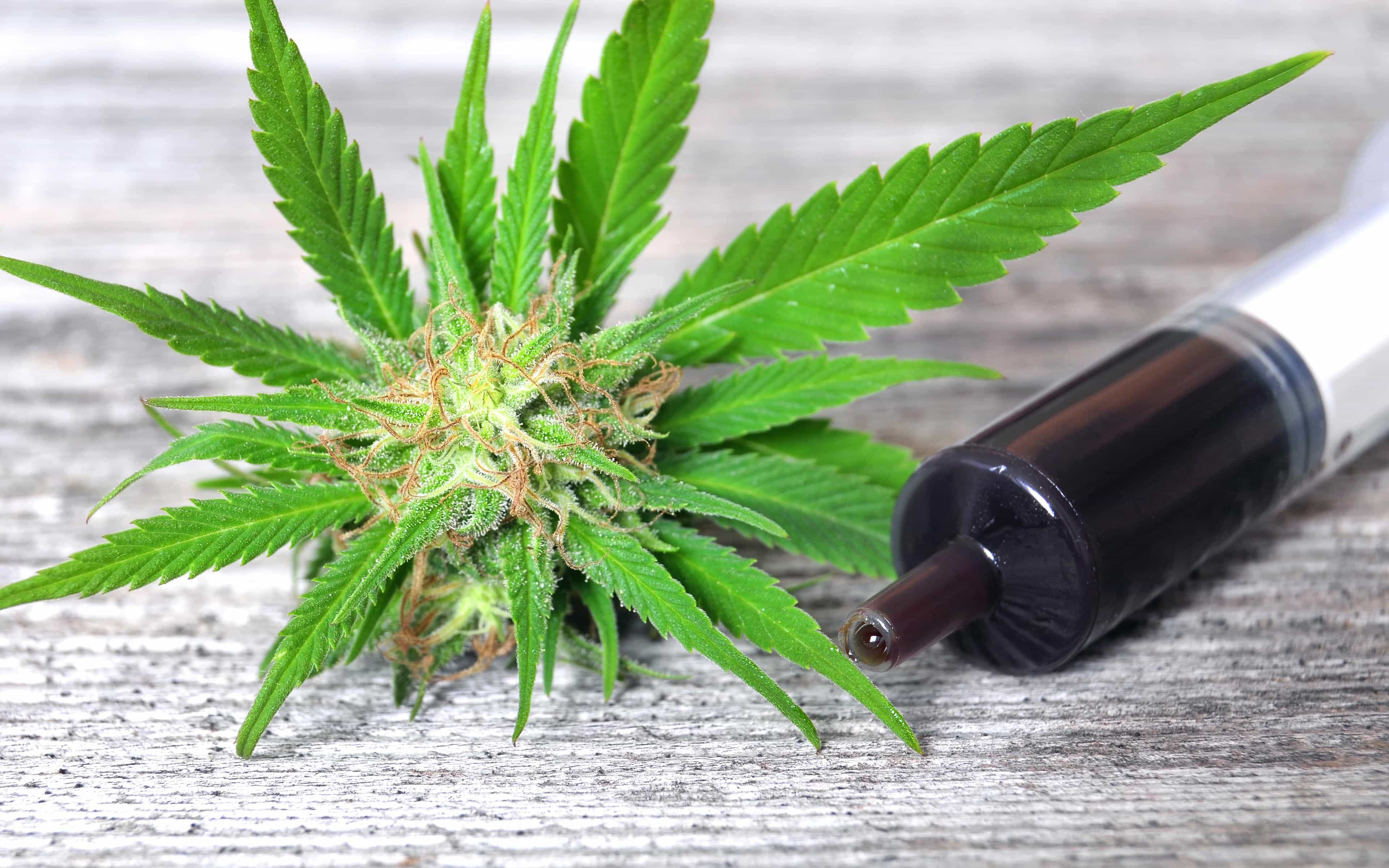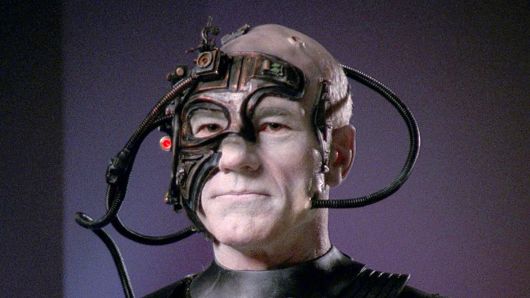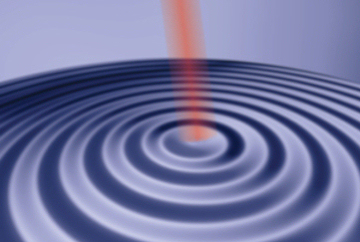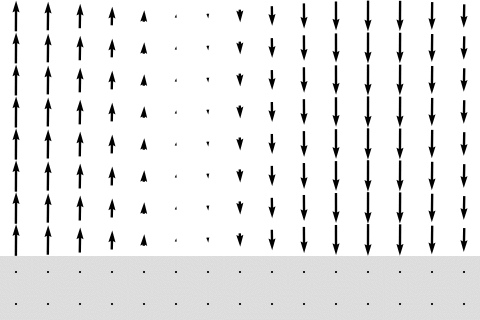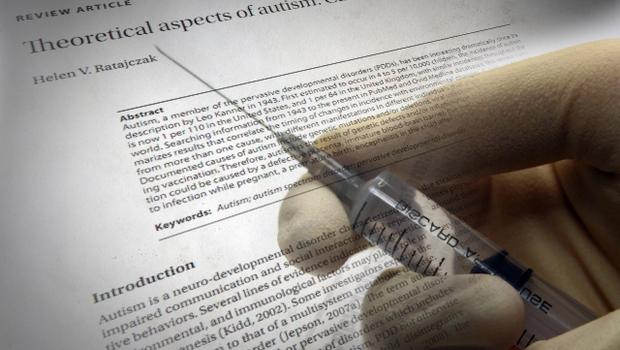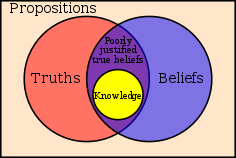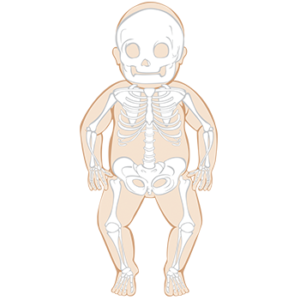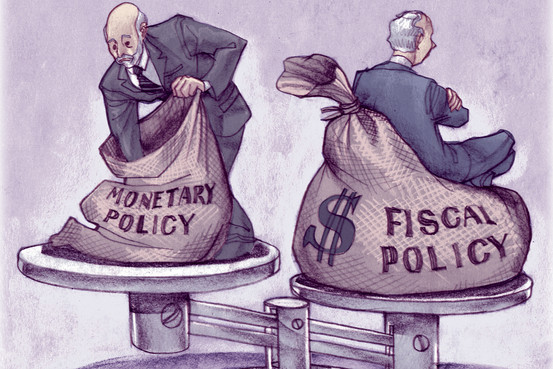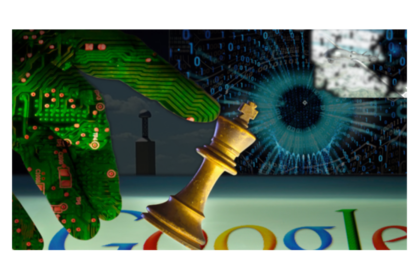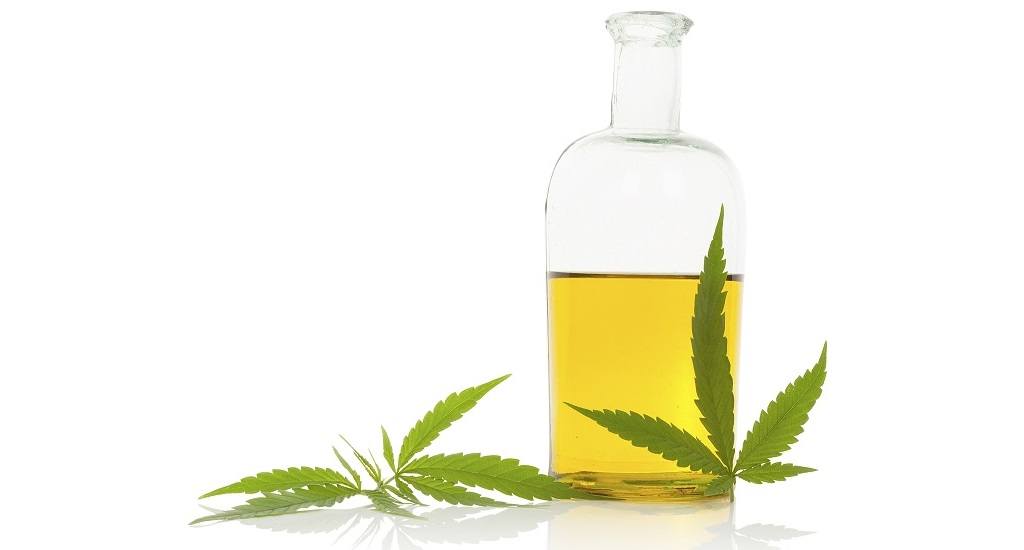
Cannabinoid Academic, peer reviewed, government, research articles. CBD, Aoptosis of cancer cells, immunosupressive effects, glutamine and cancer, cannabinoid receptors.
1) “Oil Recipe Rick Simpson Used To Heal His Cancer”
http://www.trueactivist.com/this-is-the-cannabis-oil-recipe-rick-simpson-used-to-heal-his-cancer-and-recommends-to-others
"Someday, everyone will know the name ‘Rick Simpson’. Why? Because, according to sources, the man rediscovered the cure for cancer. After being diagnosed with basal cell carcinoma skin cancer in 2003, Rick underwent conventional treatment and surgery. The Western method of ‘treating’ the issue, however, did little to benefit his condition."
positive effects of CBD as an immuno suppresive:
2) "Cytosolic reducing power preserves glutamate in retina"
https://www.ncbi.nlm.nih.gov/pmc/articles/PMC3831988/
"This report shows that the reducing power in the environment influences oxidation of glutamate in a neuronal tissue. Glutamate is a neurotransmitter, and it is especially important as a metabolite because it is required for synthesis of glutathione, other amino acids, and proteins. Glutamate also is a key intermediate in glutamine-dependent anaplerosis, now considered to be a principal source of citric acid cycle intermediates in cancer cells. Our analyses also show that the reducing power in the environmental can influence glutamate oxidation in cancer cells."
3) ”Glutamine and cancer”
https://www.ncbi.nlm.nih.gov/pmc/articles/PMC1243066/
“This overview on glutamine and cancer discusses the importance of glutamine for tumor growth, summarizes the alterations in interorgan glutamine metabolism that develop in the tumor-bearing host, and reviews the potential benefits of glutamine nutrition in the patient with cancer. “
Cannabinoids interactions with cancer:
4) "Cannabidiol and (−)Δ9-tetrahydrocannabinol are neuroprotective antioxidants"
https://www.ncbi.nlm.nih.gov/pmc/articles/PMC20965/
"The neuroprotection observed with cannabidiol and THC was unaffected by cannabinoid receptor antagonist, indicating it to be cannabinoid receptor independent. Previous studies have shown that glutamate toxicity may be prevented by antioxidants. Cannabidiol, THC and several synthetic cannabinoids all were demonstrated to be antioxidants by cyclic voltametry. Cannabidiol and THC also were shown to prevent hydroperoxide-induced oxidative damage as well as or better than other antioxidants in a chemical (Fenton reaction) system and neuronal cultures. "
5) " Cannabis and Cannabinoids (PDQ®)–Health Professional Version"
https://www.cancer.gov/about-cancer/treatment/cam/hp/cannabis-pdq
“CBD has also been demonstrated to exert a chemopreventive effect in a mouse model of coloncancer.[21] In thisexperimental system, azoxymethane increased premalignant and malignant lesions in the mouse colon. Animals treated with azoxymethane and CBD concurrently were protected from developing premalignant and malignant lesions. In in vitro experiments involving colorectal cancer cell lines, the investigators found that CBD protected DNAfrom oxidative damage, increased endocannabinoid levels, and reduced cell proliferation. In a subsequent study, the investigators found that the antiproliferative effect of CBD was counteracted by selective CB1 but not CB2 receptor antagonists, suggesting an involvement of CB1 receptors.[22]”
6) "Cannabidiol, a Non-Psychoactive Cannabinoid Compound, Inhibits Proliferation and Invasion in U87-MG and T98G Glioma Cells through a Multitarget Effect"
http://www.ncbi.nlm.nih.gov/pmc/articles/PMC3804588/
“In the present study, we found that CBD inhibited U87-MG and T98G cell proliferation and invasiveness in vitro and caused a decrease in the expression of a set of proteins specifically involved in growth, invasion and angiogenesis. In addition, CBD treatment caused a dose-related down-regulation of ERK and Akt prosurvival signaling pathways in U87-MG and T98G cells and decreased hypoxia inducible factor HIF-1α expression in U87-MG cells. Taken together, these results provide new insights into the antitumor action of CBD, showing that this cannabinoid affects multiple tumoral features and molecular pathways. As CBD is a non-psychoactive phytocannabinoid that appears to be devoid of side effects, our results support its exploitation as an effective anti-cancer drug in the management of gliomas.”
Apoptosis of cancer cells:
7) “Cannabidiol Induces Programmed Cell Death in Breast Cancer Cells by >Coordinating the Cross-talk between Apoptosis and Autophagy”
http://mct.aacrjournals.org/content/10/7/1161
" Analyzing further the cross-talk between the autophagic and apoptotic signaling pathways, we found that beclin1 plays a central role in the induction of CBD-mediated apoptosis in MDA-MB-231 breast cancer cells…...Our study revealed an intricate interplay between apoptosis and autophagy in CBD-treated breast cancer cells and highlighted the value of continued investigation into the potential use of CBD as an antineoplastic agent.”"
8) "COX-2 and PPAR-γ Confer Cannabidiol-Induced Apoptosis of Human Lung Cancer Cells"
http://mct.aacrjournals.org/content/12/1/69.short
" In response to cannabidiol, tumor cell lines exhibited increased levels of COX-2–dependent prostaglandins (PG) among which PGD2 and 15-deoxy-Δ12,14-PGJ2 (15d-PGJ2) caused a translocation of PPAR-γ to the nucleus and induced a PPAR-γ–dependent apoptotic cell death. Moreover, in A549-xenografted nude mice, cannabidiol caused upregulation of COX-2 and PPAR-γ in tumor tissue and tumor regression that was reversible by GW966"
Anti Tumeric Effects:
9) “Medical Definition of Antineoplastic”
https://www.medicinenet.com/script/main/art.asp?articlekey=22631
"Acting to prevent, inhibit or halt the development of a neoplasm (a tumor).An agent with antineoplastic properties. For example, oxaliplatin (Eloxatin) is an antineoplastic used in the treatment of metastatic colon cancer"
10) ”Cannabis and Cannabinoids (PDQ®)–Health Professional Version”
https://www.cancer.gov/about-cancer/treatment/cam/hp/cannabis-pdq
"In a subsequent study, the investigators found that the antiproliferative effect of CBD was counteracted by selective CB1 but not CB2 receptor antagonists, suggesting an involvement of CB1 receptors.[22] Another investigation into the antitumor effects of CBD examined the role of intercellular adhesion molecule-1 (ICAM-1).[12] ICAM-1 expression has been reported to be negatively correlated with cancer metastasis. In lung cancer cell lines, CBD upregulated ICAM-1, leading to decreased cancer cell invasiveness.”
11) “The current state and future perspectives of cannabinoids in cancer >biology”
https://onlinelibrary.wiley.com/doi/full/10.1002/cam4.1312
“Cannabinoids exhibit their action by a modulation of the signaling pathways crucial in the control of cell proliferation and survival. Many in vitro and in vivo experiments have shown that cannabinoids inhibit proliferation of cancer cells, stimulate autophagy and apoptosis, and have also a potential to inhibit angiogenesis and metastasis.”
12) “The Combination of Cannabidiol and Δ9-Tetrahydrocannabinol Enhances the >Anticancer Effects of Radiation in an Orthotopic Murine Glioma Model“
http://mct.aacrjournals.org/content/13/12/2955.full.pdf+html
“We think this is due to the different pathways that these cannabinoids hit,” Liu told Medical Daily in an email. “Specifically, THC works via receptors, whilst CBD may not need them; consequently, using them together results in a ‘priming’ effect in tumour cells, making them more sensitive to the ‘cell killing’ effects of irradiation.”“We think that the cannabinoids are hitting a number of cell signaling pathways, which primes them to the effects of irradiation,” he said. “Pre-treatment with the cannabinoids seems to interfere with the ability of the tumor cell to repair the DNA-damaging effects of irradiation.” Thus, the tumor cells get wiped out"
13) "Inhibition of colon carcinogenesis by a standardized Cannabis sativa extract with high content of cannabidiol."
http://www.ncbi.nlm.nih.gov/pubmed/24373545
“CBD BDS attenuates colon carcinogenesis and inhibits colorectal cancer cell proliferation via CB1 and CB2 receptor activation. The results may have some clinical relevance for the use of Cannabis-based medicines in cancer patients.”
14)"Antitumor Effects of Cannabidiol, a Nonpsychoactive Cannabinoid, on Human Glioma Cell Lines"
http://jpet.aspetjournals.org/content/308/3/838.abstract
“ We also show, for the first time, that the antiproliferative effect of CBD was correlated toinduction of apoptosis, as determined by cytofluorimetric analysis and single-strand DNA staining, which was not reverted by cannabinoid antagonists. Finally, CBD, administered s.c. to nude mice at the dose of 0.5 mg/mouse, significantly inhibited the growth of subcutaneously implanted U87 human glioma cells. In conclusion, the nonpsychoactive CBD was able to produce a significant antitumor activity both in vitro and in vivo, thus suggesting a possible application of CBD as an antineoplastic agent.”
APOPTOSIS:
15)"A Combined Preclinical Therapy of Cannabinoids and Temozolomide against Glioma"
http://mct.aacrjournals.org/content/10/1/90.short
"Tetrahydrocannabinol (THC), the major active ingredient of marijuana, and other cannabinoid receptor agonists inhibit tumor growth in animal models of cancer, including glioma, an effect that relies, at least in part, on the stimulation of autophagy¬mediated apoptosis in tumor cells.”
16) "A Study: Pure CBD as Single-agent for Solid Tumor."
https://clinicaltrials.gov/ct2/show/NCT02255292
"Increasing lines of evidence support an antitumourigenic effect of cannabinoids, including the cannabidiol (CBD) which does not posses the psychotropic effects of D9-tetrahydrocannabinol (THC). These include anti-proliferative and pro-apoptotic effects and they are known to interfere with several mechanisms in the tumorgenesis."
17)"Cannabidiol Induces Programmed Cell Death in Breast Cancer Cells by Coordinating the Cross-talk between Apoptosis and Autophagy"
http://mct.aacrjournals.org/content/10/7/1161.short
"Analyzing further the cross-talk between the autophagic and apoptotic signaling pathways, we found that beclin1 plays a central role in the induction of CBD-mediated apoptosis in MDA-MB-231 breast cancer cells"
18) https://www.goldjournal.net/article/S0090-4295(10)00366-3/abstract
"The death of T24 or RT4 cells in the presence of CBD was evaluated using a cellular viability assay. Apoptosis of T24 cells caused by CBD was confirmed using an annexin-V assay and small interfering RNA (siRNA) silencing of TRPV2."
Cannabinoids increase effectiveness of chemo theoropy:
19) "Cannabinoids and Treating Glioblastoma Brain Tumor Patients"
http://www.braincancer.org/cannabinoids-and-treating-glioblastoma-brain-tumor-patients/
"It appears that one general theme related to CBD molecules is that they increase the production of reactive oxygen species in tumor cells. Reactive oxygen species are molecules like superoxide that can cause destruction of other molecules in the cellular environment and promote injury to cellular DNA. Thus, if CBD molecules induce DNA injury in a cell, and that cell is also being injured by another chemotherapeutic drug such as temozolomide, this combined injury may promote a generalized increase in sensitivity of the tumor cell to the chemotherapeutic drug. In other words, CBD may increase the sensitivity of tumor cells to standard chemotherapeutic agents."
20)"Brain MRI: Tumor evaluation"
https://onlinelibrary.wiley.com/doi/full/10.1002/jmri.20704
“a report issued by a U.S. government-funded research group tasked with studying drug abuse and addiction, researchers are admitting that marijuana is useful in killing off specific types of brain tumors.”
21) https://www.cancer.gov/about-cancer/treatment/cam/patient/cannabis-pdq
"A laboratory study of cannabidiol (CBD) in estrogen receptor positive and estrogen receptor negative breast cancer cells showed that it caused cancer cell death while having little effect on normal breast cells."
22)"Delta9-Tetrahydrocannabinol inhibits epithelial growth factor-induced lung cancer cell migration in vitro as well as its growth and metastasis in vivo."
https://www.ncbi.nlm.nih.gov/pubmed/17621270
"Delta9-Tetrahydrocannabinol inhibits epithelial growth factor-induced lung cancer cell migration in vitro as well as its growth and metastasis in vivo." "Delta(9)-Tetrahydrocannabinol (THC) is the primary cannabinoid of marijuana and has been shown to either potentiate or inhibit tumor growth, depending on the type of cancer and its pathogenesis. Little is known about the activity of cannabinoids like THC on epidermal growth factor receptor-overexpressing lung cancers, which are often highly aggressive and resistant to chemotherapy. In this study, we characterized the effects of THC on the EGF-induced growth and metastasis of human non-small cell lung cancer using the cell lines A549 and SW-1573 as in vitro models. We found that these cells express the cannabinoid receptors CB(1) and CB(2), known targets for THC action, and that THC inhibited EGF-induced growth, chemotaxis and chemoinvasion. Moreover, signaling studies indicated that THC may act by inhibiting the EGF-induced phosphorylation of ERK1/2, JNK1/2 and AKT. THC also induced the phosphorylation of focal adhesion kinase at tyrosine 397. Additionally, in in vivo studies in severe combined immunodeficient mice, there was significant inhibition of the subcutaneous tumor growth and lung metastasis of A549 cells in THC-treated animals as compared to vehicle-treated controls. Tumor samples from THC-treated animals revealed antiproliferative and antiangiogenic effects of THC. Our study suggests that cannabinoids like THC should be explored as novel therapeutic molecules in controlling the growth and metastasis of certain lung cancers."
23) "Human Cannabinoid Pharmacokinetics"
was: https://www.ncbi.nlm.nih.gov/pmc/articles/PMC2689518/ | now found at :https://www.420magazine.com/community/threads/human-cannabinoid-pharmacokinetics.173947/
"Human Cannabinoid Pharmacokinetics" "The pharmacokinetics of THC, the primary psychoactive component of cannabis, its metabolites ‘11-hydroxytetrahydrocannabinol’ (11-OH-THC) and ‘11-nor-9-carboxy-tetrahydrocannabinol’ (THC-COOH)]2), and another cannabinoid present in high concentration, cannabidiol (CBD), a non-psychoactive agent with an interesting array of potential therapeutic indications, are included. Mechoulam et al. elucidated the structure of THC in 1964, enabling studies of the drug's pharmacokinetics [4]. THC, containing no N-atom, but with two stereogenic centers in a trans configuration, has been described by two different atom-numbering systems, either the dibenzopyran (or Δ9) or the monoterpene (or Δ1) system. In this review, the dibenzopyran (Δ9) system is employed."
24)"potential health benefits of marijuana and certain chemicals contained within the drug, namely THC (tetrahydrocannabinol) and CBD (cannabidiol).
"
https://www.geniescientific.com/u-s-government-cancer-research-project-discovers-marijuana-kills-cancer-cells/
"One particular area included in the study was the effects marijuana would have on brain cancers, many of which are often fatal. The study concluded the use of marijuana, along with radiation therapy, reduced the number of cancer cells and was an effective treatment."
The daily dialectics was devised in efforts of exposing devious tech derived from major companies. The highlights of which are Google and Facebook. Over the past decade they have worked together in lieu of the development of a wireless power network integrated into our most populated areas worldwide. Most notably 2017 - 2018 was the year of the final patent approvals. Facebooks Line of Sight system can receive the dense wave form emitted by the waveguide attached to Googles Goubau Launchers. Both are capable of ultra-low, microwave, up to THZ frequencies depending on ambient conditions and intention of dispersal.



In an age where truths are akin to fiction in the minds of the masses, fiction is a key component in societal control. Reprogram your programmer's programming; join the dialectic.
Contact us:
thedailydialectic@outlook.com
In an age where truths are akin to fiction in the minds of the masses, fiction is a key component in societal control. Reprogram your programmer's programming; join the dialectic.
Contact us:thedailydialectic@outlook.com







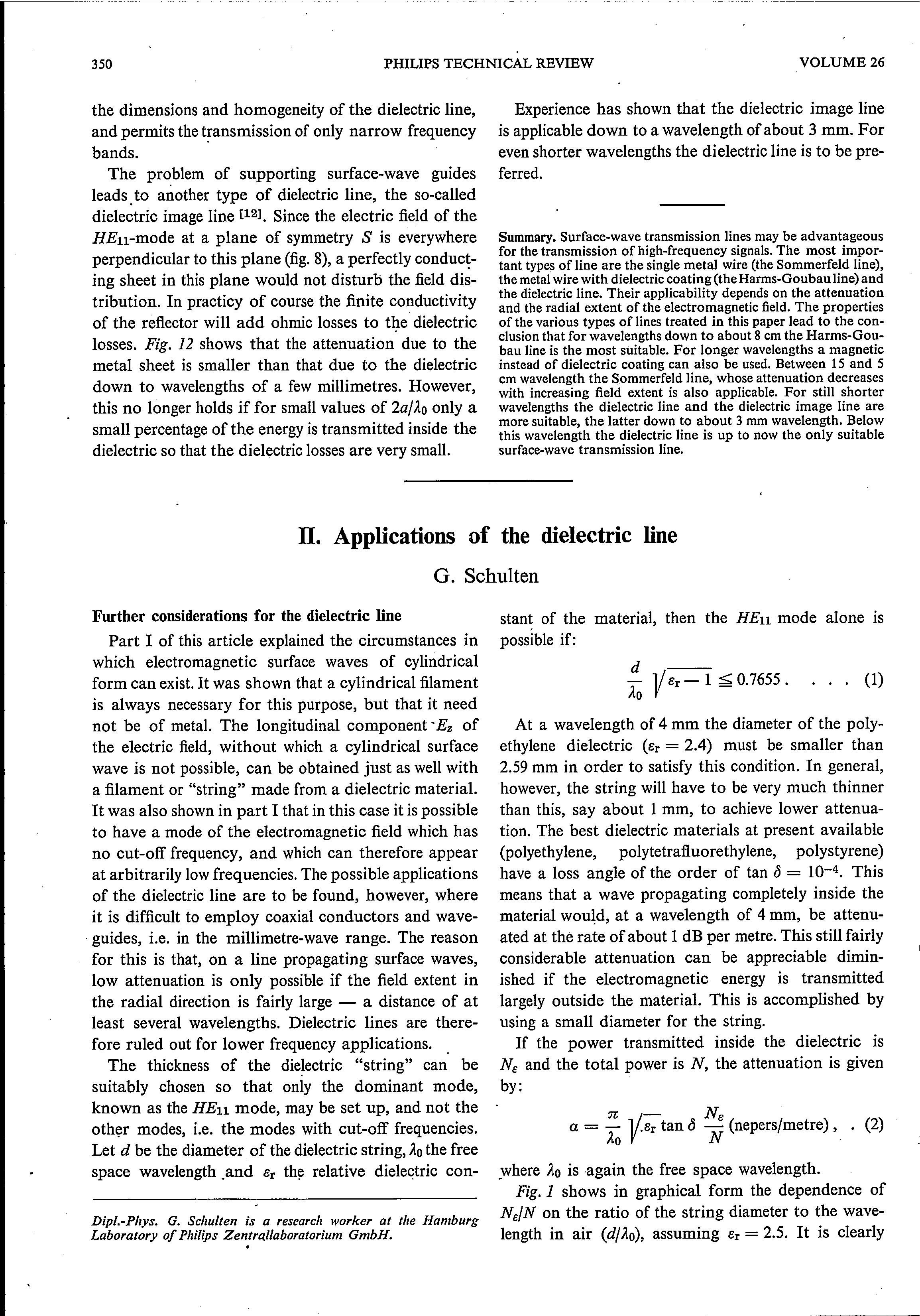

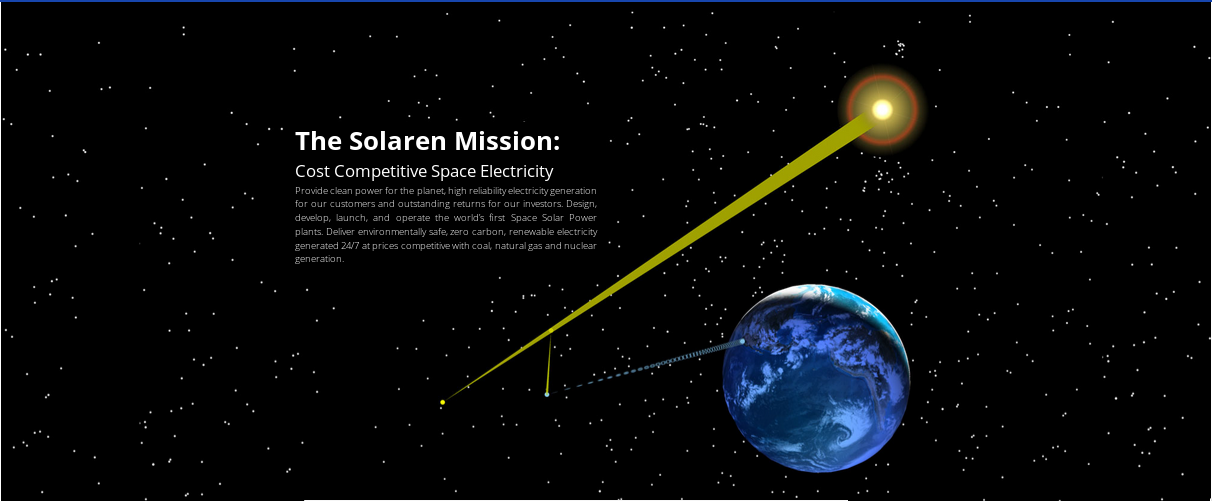
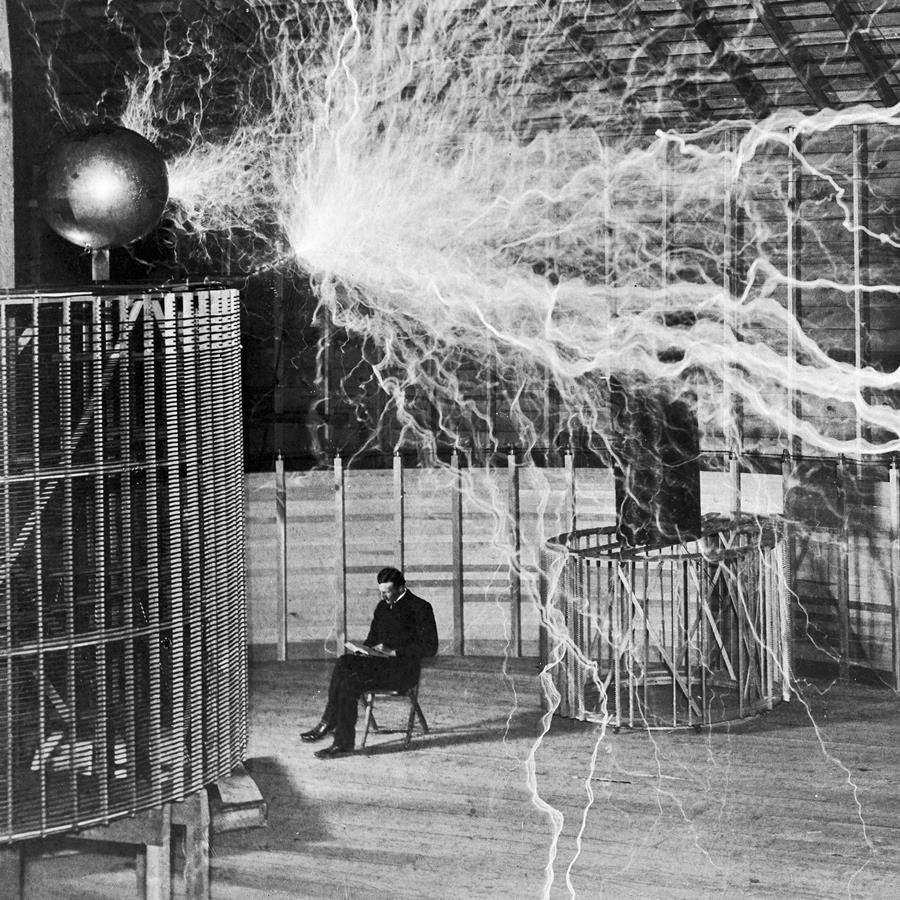
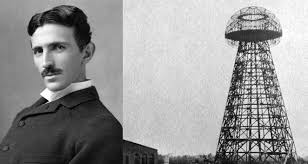



/HTML/20 Bedini_files/bigguy1.jpg)
